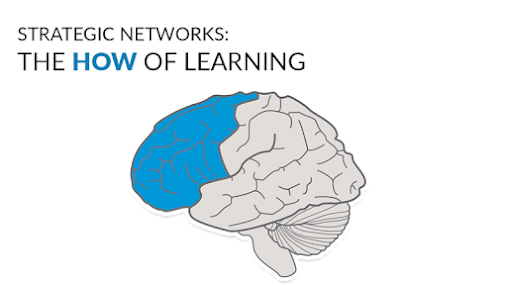ULD Principle 2: Strategic networks - Variables to allow action and expression.
How does a ULD classroom feel, sound and look? Part 2
Applied strategies involving basic principles.
Principle 2: Strategic networks - Variables to allow action and expression.
By Gisela Lopez
To think that there is only one scenario for our students to take action and express the construction of their learning would be petty, unfair, exclusive, small, closed-minded and very little empathic. At all times, as teachers, we must promote new tracks or paths that are reliable, friendly and accessible; in which the children can be encouraged to demonstrate their progress and experience episodes of success that, in addition to giving us inputs for the evaluation, give them positive messages related to their daily effort.
Let's remember that learning is changing state, generating movement from a starting point to a second milestone. Whatever skill is being built, finding our way to show evolution in acquiring it will make the experience relevant and meaningful.
Neuroscience explains to us and emphasises how executive functions directly participate in learning and a binding connection with the second principle of the ULD: Procedural networks. But what are executive functions?
"Executive functions are the set of capacities that transform thoughts into decisions, plans and actions for a better adaptation to the environment."
"They are related to abstract thought and cognitive operations."
"They involve self-regulation skills, task monitoring and organisation of time and space". (CEREBRUM 2022)
What could we modify in our class dynamics to get closer to fulfilling the second principle of Universal Learning Design?
The first thing is to consider that human being has different ways of expression and communication. Movement, drawing, music and all kinds of expression framed in a simple structure will always be welcome. We must be clear about the skills, competencies or indicators to be evaluated and create activities or spaces for the children to show us what they are achieving.
Here I leave some creative variables in which our students can express themselves.
1. To monitor the process, make progress visible.
- Graphs that show progress: They establish a starting point and are nourished with new activities.
- Start and end poll: Send an entry survey and an end survey through google forms or in printed form. Some specific questions may be: About Nanotechnology (class theme), how much do you know: I know a lot of information - I know the subject - I know little - I don't know anything about the subject.
- Exit tickets or exit tickets: On paper or in google forms, we ask the boys 2 questions about the class ending. The questions can be: Write two new ideas you found in today's class. Write a question that you would like to be answered about today's lesson.
2. To be part of the class, insert yourself into the conversation, participate and contribute:
- Worksheets with half-filled concept maps.
- Worksheets or readings with new ideas within familiar ideas.
- Virtual readings with reading aloud application.
- Organise and write texts with aids or already established phrases: opening sentences, connectors, and a word bank. Example: In a distant village…………suddenly………at the same time……..and finally…………
- Propose answers with cards.
- Graduate and provide a longer reaction time, according to each case.
- Chat.
- Discussion forums.
- Comic strips.
3. To show an understanding of algorithms, make the procedure visible:
- Tutorial videos of techniques: Ask the children to record themselves on video giving the explanation (at the same time that they carry out the exercise on a blackboard or notebook) of the step-by-step of a mathematical operation or calculation problem.
- Do mathematical problems using a calculator; the difficulty of calculation should be postponed to emphasise the approach and resolution of the problem.
- Paraphrasing numerical procedures, evoking the step-by-step and using concrete material for the representation (base 10, abacus or others).
4. To express conclusions and conceptual understanding:
- Video conclusions: Ask the children to make a mind map or graphic organiser they feel confident handling. They must organise the information to be presented, categorising ideas or listing words. Then, they will audio or video record the explanation of said map using their own terms. We will always ask them to finish by commenting on how they apply or transfer the new information to their daily lives. Mention learning for life.
- Conclusions through voice recordings: Short audios that answer 2 or 3 comprehension questions.
- Physical representations: Use of gestures and small dramatisations.
- Composing texts not only through writing: Stories through emojis or pictograms.
- Slides with animations: design infographics on canvas or genially.
- Portfolios.
Creativity has no limit; the second principle of Universal Learning Design proposes providing various opportunities to activate and express their thinking and learning. Let's not hesitate to implement ideas that break concepts or paradigms. Neuroscience drives us to create these new spaces.




Comentarios
Publicar un comentario